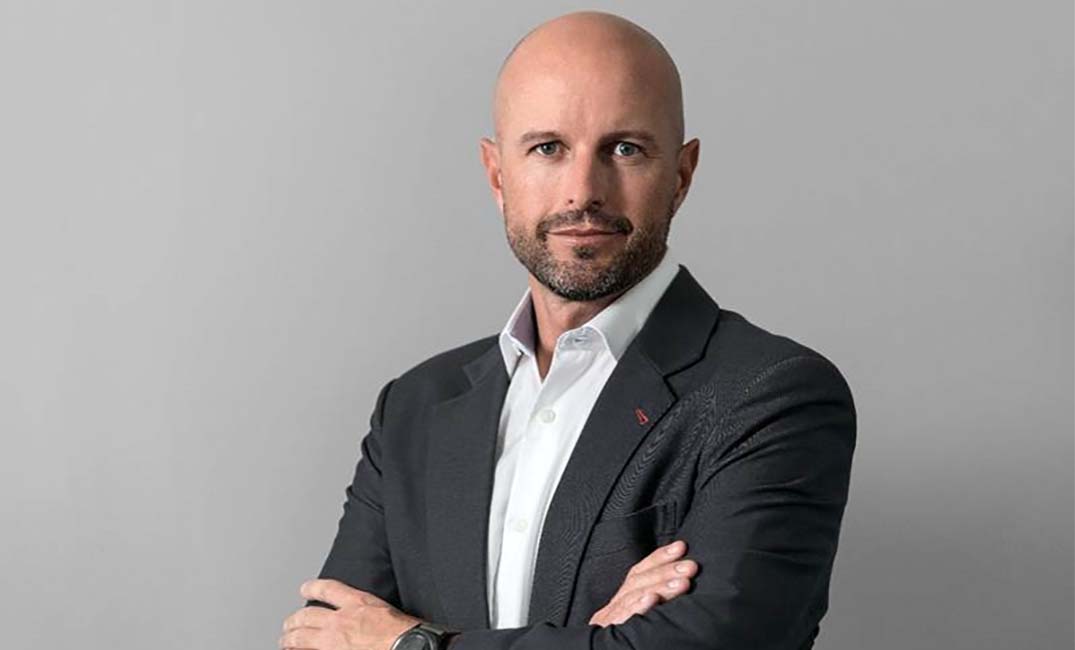The number of fibre connections in South Africa has risen by an incredible 4 200% according to data released by MJL Communications.
This is clear evidence that fibre connectivity is a critical piece in solving some of the country’s most pressing challenges, from empowering communities to democratising economic participation.
However, deploying fibre is not without its challenges:
The cost of connectivity
An estimated R2,4-billion will be allocated to the rollout of phase two of South Africa Connect (SA Connect) – the government’s ambitious broadband project to bring fibre to underserved communities.
The project is expected to connect more than 38 000 government facilities. The resultant infrastructure creates the potential to further connect at least 1,9-million households as well.
Over the next four years, it is anticipated that investments in data facility will grow by at least 15%. Currently, 80% to 90% of the existing edge data centres in Africa are in located in South Africa, with more set to come over the coming years.
Furthermore, South Africa is presently connected to global markets and services through international subsea cables such as WACS, SAT-3/WASC, SAFE, Seacom, EASSy, METISS, ACE, Equiano and 2Africa. This need for growth is accelerated by the adoption of tech services in South Africa and across the continent.
While this bodes well for our future, it is not without challenges. Access to capex is a significant barrier to growth and will slow the country’s pursuit of its goal of a gigabit society.
Dewald Booysen, chief operations officer at Maziv, says: “Deploying fibre infrastructure involves substantial investment, from laying cables to installing distribution points. We must also consider the costs of maintaining and supporting new and existing infrastructure. So, despite the undeniable benefits, offsetting price affordability and profitability remains a delicate balance for all players in the market.”
Infrastructure damage wounds the entire industry
A significant roadblock for Fibre-to-the-Home (FTTH) deployment in South Africa is damage to infrastructure by third parties, such a vandalism, damage from protest actions and negligence.
“The only effective way to deliver the benefits of new technologies to communities is by having the right network backbone in place. Unfortunately, various forms of vandalism significantly disrupt that backbone’s stability,” says Booysen.
Why we need more deployment
The Independent Communications Authority of South Africa (Icasa) reports that FTTH and fibre-to-the-building subscriptions have grown 4 231%. Addressing cost concerns and mitigating the damage to fibre infrastructure will be key components to building resilient and sustainable fibre networks.
“Amidst these challenges, we can’t understate the critical role of fibre. Technology is advancing at a fast pace and fibre is the most sustainable and cost-effective way to keep up with those changes. Reliable network performance and stability make fibre the perfect tool for accelerating economic growth and inclusion,” concludes Booysen.
“Through regulatory support such as the licensing framework in terms of the Electronic Communications Act and other legislations, as well as strong infrastructure growth, we can build connected communities that will help future-proof the country.”

